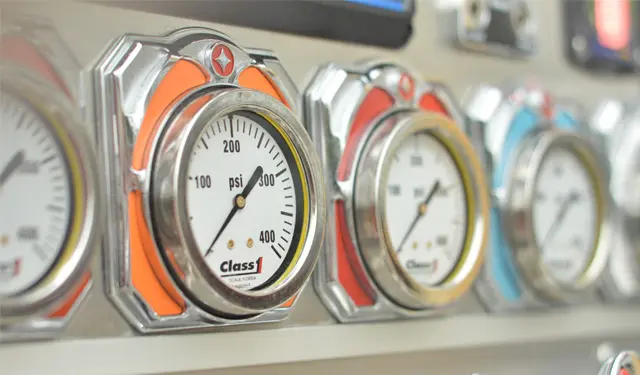Standards of Response – Fire Service Performance Measures
The Washington State Legislature adopted House Bill 1756 that was further codified into RCW 52.33.030, which requires fire departments across Washington State to measure a fire departments capability to respond to an emergency 911 call for service. A fire departments ability to respond to an emergency call within a certain identified time is commonly referred to as a “performance measure”. It requires the evaluation of Board of Fire Commissioner adopted levels of service, deployment (emergency response) delivery methods, and response time objectives on an annual basis. The evaluations are based on data relating to the levels of service, deployment, and the achievement of each response time objective.
In 2021/2022 EJFR contracted with Citygate and Berk to complete a Strategic Plan and Standards of Cover analysis. The findings and recommendations were accepted as of 11/10/22.
EJFR Strategic Plan 2022 – Accepted 11-10-22
Vol 1 – Technical Report – East Jefferson Fire-Rescue SOC and Strategic Plan (10-31-22)
Vol 2 – Map Atlas – East Jefferson Fire-Rescue SOC and Strategic Plan (10-31-22)
The annual compliance report will compare the actual response times or performance measures to nationally recognized standards. When the standards are not met, the fire department is required to explain the predictable consequences of failing to meet the adopted performance measure, and address the steps necessary to correct deficiencies in order to achieve compliance.
Performance measurement in the fire service is important for several reasons. Historically, the fire service has only been able to give citizens an average response time to all emergencies which is not an accurate depiction of service levels received. Specifically for East Jefferson Fire Rescue (EJFR), the arrival of personnel with advanced life support (paramedic) capability before the onset of brain death, and the arrival of adequate fire suppression resources before flash-over is a critical event during the mitigation of an emergency. For these reasons, performance measures, comparable to that of industry standards, relate to the organization and deployment of fire suppression operations, emergency medical operations, and special operations.
The evaluation is intended to provide elected officials and the community with a true picture of how well EJFR is doing in achieving the adopted response objectives. In the future, the EJFR Board of Fire Commissioners will consider a Resolution with the intent and purpose of complying with the law. If approved, the Resolution would include each Performance Measure element, including the establishment of service delivery and response time objectives. The objectives would be developed using recognized standards from the National Fire Protection Association. However, meeting the performance measures will likely require several years to achieve the delivery and response time objectives. For this reason, success will be measured by the successful reduction of response times, and progress towards achieving these objectives.
Mutual Aid Agreements
EJFR maintains mutual aid agreements with a number of neighboring fire districts. Mutual aid agreements facilitate access to additional resources in the event of a larger scale incident. In short, the agreements stipulate that EJFR will provide resources to a partner agency in their time of need. In return, those districts will provide resources (i.e. engine company or ambulance) to us when we need assistance.

